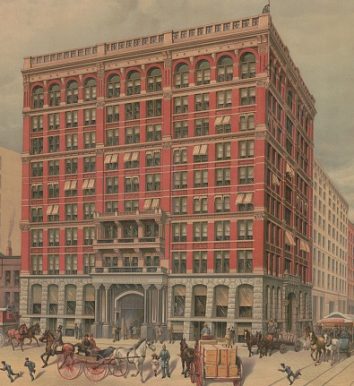

Tall structures have been built in some form or another for millennia. Main article: List of tallest buildings and structures § History Skyscraper projects after World War II typically rejected the designs of the early skyscrapers, instead embracing the international style many older skyscrapers were redesigned to suit contemporary tastes or even demolished-such as the Singer Tower, once the world's tallest skyscraper.īackground: 1850–1879 Skyscraper precursors Popular and academic culture embraced the skyscraper through films, photography, literature, and ballet, seeing the buildings as either positive symbols of modernity and science, or alternatively examples of the ills of modern life and society. With the onset of the Great Depression, the real estate market collapsed, and new builds stuttered to a halt, ending this era of skyscraper construction. Skyscraper heights continued to grow, with the Chrysler and the Empire State Buildings each claiming new records, reaching 1,046 feet (319 m) and 1,250 feet (380 m) respectively. New York City's 1916 Zoning Resolution helped shape the Art Deco or " set-back" style of skyscrapers, leading to structures that focused on volume and striking silhouettes, often richly decorated. The economic boom of the 1920s and extensive real estate speculation encouraged a wave of new skyscraper projects in New York and Chicago. cities, while a handful were built in other Western countries. In the interwar years, skyscrapers spread to nearly all major U.S. Combined with an economic downturn, this led to the introduction of zoning restraints in New York in 1916. Though these skyscrapers were commercial successes, criticism mounted as they broke up the ordered city skyline and plunged neighboring streets and buildings into perpetual shadow. Iconic buildings such as the Flatiron were followed by the 612-foot (187 m) tall Singer Tower, the 700-foot (210 m) Metropolitan Life Insurance Company Tower, and the 792-foot (241 m) Woolworth Building. Chicago built new skyscrapers in its existing style, while New York experimented further with tower design.

Engineering developments made it easier to build and live in yet taller buildings. The demand for new office space to hold the expanding workforce of white-collar staff in the U.S.

In 1892, Chicago banned the construction of new skyscrapers taller than 150 feet (46 m), leaving the development of taller buildings to New York.Ī new wave of skyscraper construction emerged in the first decade of the 20th century. In contrast, New York's skyscrapers were frequently narrower towers which, more eclectic in style, were often criticized for their lack of elegance. Sometimes termed the products of the Chicago school of architecture, these skyscrapers attempted to balance aesthetic concerns with practical commercial design, producing large, square palazzo-styled buildings hosting shops and restaurants on the ground level and containing rentable offices on the upper floors. Their numbers grew rapidly, and by 1888 they were being labelled "skyscrapers".Ĭhicago initially led the way in skyscraper design, with many constructed in the center of its financial district during the late 1880s and early 1890s. These made it both technically and commercially viable to build a new class of taller buildings, the first of which, Chicago's 138-foot (42 m) tall Home Insurance Building, opened in 1885. Technological improvements enabled the construction of fireproofed iron-framed structures with deep foundations, equipped with new inventions such as the elevator and electric lighting. Cities in the United States were traditionally made up of low-rise buildings, but significant economic growth after the American Civil War and increasingly intensive use of urban land encouraged the development of taller buildings beginning in the 1870s. The earliest stage of skyscraper design encompasses buildings built between 18, predominantly in the American cities of New York and Chicago. The Flatiron Building, New York City, shortly after its construction in 1903


 0 kommentar(er)
0 kommentar(er)
